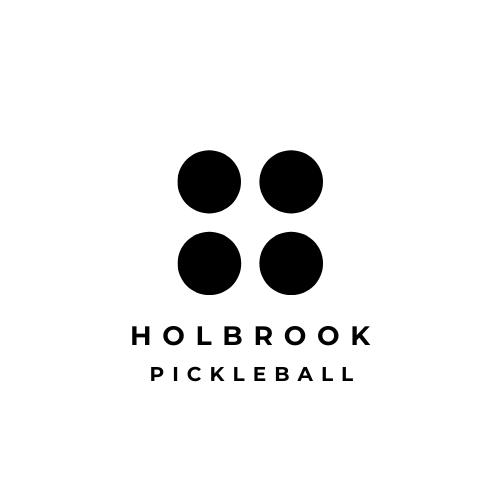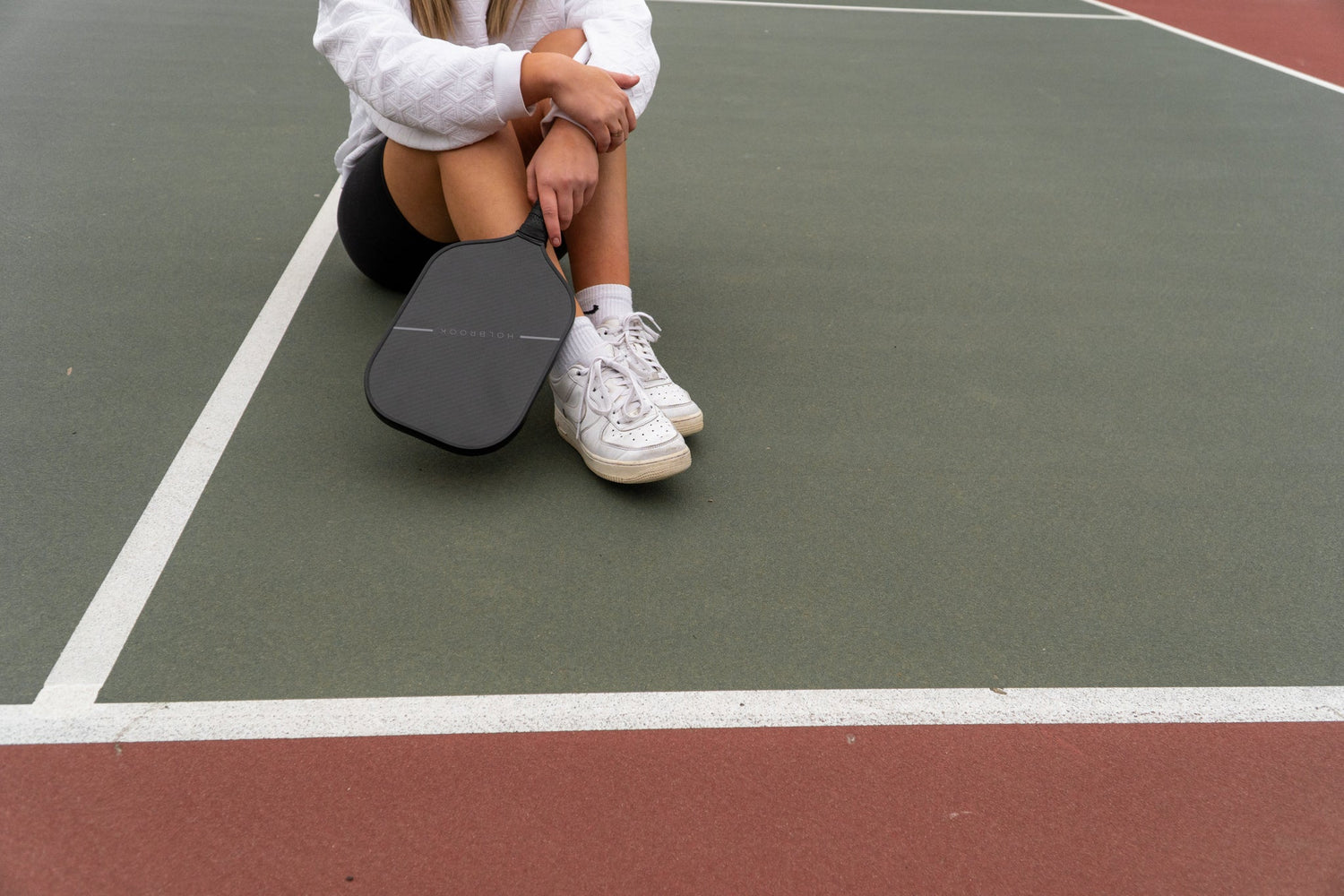If you keep up with recent trends, frequent recreational facilities, or know one of the millions of people who have fallen in love with the sport, you’ve probably heard of pickleball.
At first glance, pickleball is nothing more than a hodgepodge of several different sports combined into a more palatable blend—like a particularly refreshing fruit smoothie. While that’s certainly a fair assumption, there’s more to the sport than that—if there weren’t, there’s no doubt its rise in popularity would have died out as quickly as it started.
Pickleball takes the best aspects of similar sports and molds them into a game that is both exciting and accessible. The matches are fast-paced, the rules are straightforward, and everyone who picks up a paddle is bound to become a fan.
But what, exactly, is pickleball? Why has it suddenly become the fastest growing sport in the country?
And what does it have to do with pickles?
The Basics – set-up and equipment
Pickleball is a simple sport to grasp. As mentioned before, many of its tenets are recognizable and well-known. It combines the familiar set-up of tennis, the energy of ping-pong, the equipment and camaraderie of wiffle ball, and the reduced playing area of badminton into a game of hit the ball over the net and keep it there.
A pickleball court is the same size as a badminton court (20x44 feet) and lined similarly to a tennis court with a baseline and center lines that form two service areas on each side. The two sides are divided evenly by a 34-inch-high net. Pickleball courts also have a unique feature called the Kitchen, or no-volley zone, which is a 7-foot area at the net where players are not allowed to volley—but more on that later.
Other than the court, pickleball only requires two additional pieces of equipment: the paddles and the ball. Pickleball paddles are small, ping-pong-esque paddles made of wood, composite, or graphite. The paddles can vary slightly in weight, shape, and grip size based on a player’s style and preference, and they can run anywhere from $50 to $150, though there are plenty of cheaper (and more expensive!) options. Beginner or casual players usually stick to “mid” paddles, or paddles that are mid-weight (7.3 to 8.3 ounces), mid-sized grip (4 to 4.5 inches), and standard shape (16x8 inches).
With the rise of competitive pickleball, the balls used in the sport have evolved from simple wiffle balls to high-quality balls of varying weight, hole count, and material. Like with the paddles, the exact type used is up to the player. However, the USA Pickleball Association (or USAPA—yes, there is a national pickleball association) has certain regulations on the balls used during professional events: they must have 26-40 circular holes, be free of any texturing, and be of one uniform color.
The Rules – what to do (and what not to do)
Once you have a court set up and the proper equipment, it’s time to learn the rules. Whether playing doubles or singles, a typical game has several components.
Serving:
- One serve is allowed per server.
- The server’s feet must not cross the baseline.
- The first serve is made from the right/even side of the court. If the serving side wins the point, the next serve is from the left/odd side, and so on. In doubles, once the first server loses a point, their partner is given the serve until they lose again. The opposing side then serves.
- The serve must go crosscourt over the net and bounce in the section of the court diagonal the server (right to left, left to right).
- The ball must make contact with the paddle below the server’s waist.

Rallies:
- The receiver of a serve must let the ball bounce before returning, and the return must also be allowed to bounce. Only after two hits may the ball be volleyed (the two-bounce rule).
- Players may continue to hit from the baseline, or they may move inwards to volley, which is the more popular strategy.
- Volleys are not allowed within the no-volley zone, aka the Kitchen. If a player is across the zone line when they hit the ball, or if their momentum carries them into the zone after hitting the ball, it counts as a fault.
- If a ball bounces on the baseline or side lines, it is playable. Players can call a ball in or out only on their side of the court.
Scoring:
- Points can only be scored by the serving team.
- Typical games go to 11 points and must be won by 2 points.
- The score is called during a serve in this format: serving team’s score / receiving team’s score / serve number (doubles only).
Pickleball games are uniquely fast-paced given the ability to volley and the smaller size of the court. While some rallies can last dozens of hits as players volley back and forth, gameplay is rarely boring, and the tables can turn quickly between points. With pickleball, players of every level of experience can find ways to grow in skill and, more importantly, enjoy themselves as they play the game.
The History – no pickles here
Pickleball is not a new sport, which is surprising given it has only recently skyrocketed into popularity. In fact, it was invented over 50 years ago, in the summer of 1965 on an island near Seattle. Joel Pritchard, a Washing State politician, and a group of his friends and their children wanted to play badminton but couldn’t find the proper equipment. They ended up digging out a wiffle ball and a few table tennis paddles and lowered their badminton net so they could still play a game. That game—cobbled together out of boredom, several other sports, and the want to have fun with friends and family—is now known as pickleball.
Contrary to pickleball legend, the sport’s memorable—and, quite frankly, odd—name did not come from the Pritchard family dog, Pickles. Pritchard’s wife came up with it after mentioning how the pieced-together sport reminded her of Pickle Boat crews, which are fishing crews made up of different members of other fishing boats. The metaphor struck true, and the name stuck.
The Craze – pickleball’s popularity
It’s hard to pinpoint why, exactly, pickleball has become so popular so quickly, but there’s no doubt that the sport has taken the country—and, increasingly, the world—by storm.
It could be because pickleball doesn’t discriminate between age, or skill levels, or past experience. Anyone can pick up a paddle and enjoy playing the game. Or maybe it’s the inherent sense of camaraderie that comes with sharing a small court with teammates and the fact that more and more communities are adding courts to their public spaces, which brings people and players together.
Either way, pickleball is on its way to becoming one of the biggest sports in the world. Pickleball has undeniably left its mark, and, if you’ve never played before, it’s certainly worth a try.







